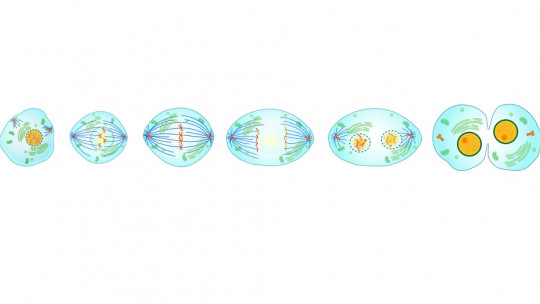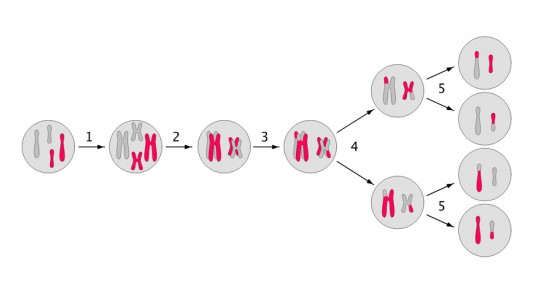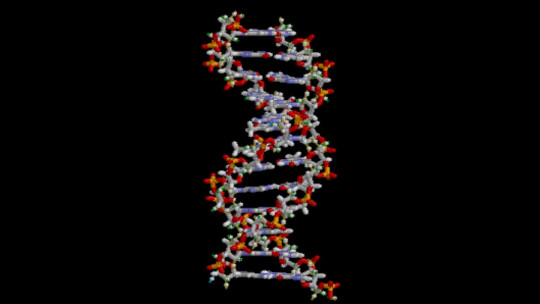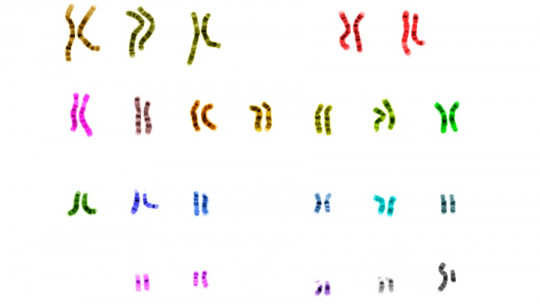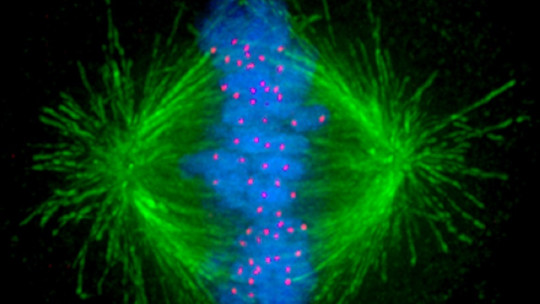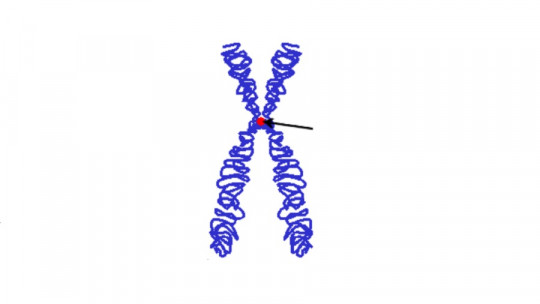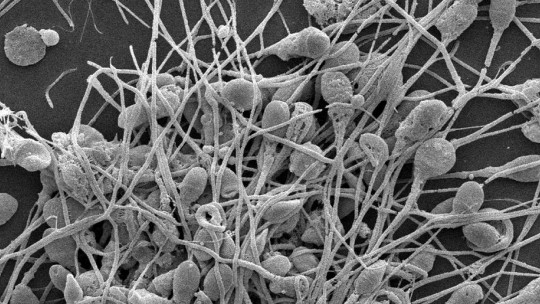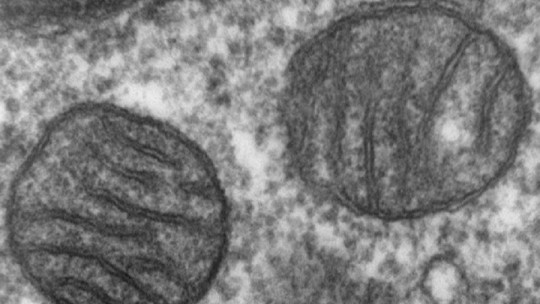
When we talk about the human genome, we usually think of the DNA sequence contained in the 23 pairs of chromosomes within the nucleus of each diploid human cell. We are not completely wrong, since it is this genetic information that defines us both as a species and as individual entities.
Still, it is fascinating to know that we have 300 times more genes from microbes inside our body than we do our own DNA. This figure justifies itself by saying the following: we have 100 times more microorganisms than our own cells in the body, that is, approximately 100 billion bacteria living inside and on our body.
Beyond bacterial symbioses, there is a small portion of DNA within the cells of our body that “does not belong” to us in its entirety. We are talking about mitochondrial DNA, a double strand of genetic material external to our genome. Immerse yourself with us in this fascinating journey through mitochondrial DNA, as we assure you that we will shake the foundations of genetic preconceptions in the following lines.
Mitochondrial DNA: the foreign genetic structure
We go directly into the matter, because in the face of such a strange phenomenon, we have a lot of ground to cover and limited space. Mitochondrial DNA is defined as the genetic material present in the mitochondria, that is, the organelles that provide energy to the cell for its vital processes
We could say that this genetic information is “the chromosome” of the mitochondria. DNA inside the human cell but outside the nucleus, strange concept, right? Even so, this structure is very different from the “X” that comes to mind when we talk about human chromosomes, since we are faced with a small and circular double strand of DNA, much simpler and more basic than the genetic organization present in the cell nucleus.
To whet your appetite, below we show a series of differences between mitochondrial and nuclear DNA that put into perspective the very clear distance between the two:
As we can see, we are faced with two structures that are like water and oil. Following this parallelism, these last two only have in common being a fluid, just as the chains that concern us here only share their most basic structure: the nucleotides that form DNA and the most basic structure (which are universal).
Mitochondrial DNA structure
Once we have put into perspective what mitochondrial DNA is and how it differs from human DNA, it is time to use a microscope to dissect the parts of this curious structure.
First of all, we emphasize again that the mitochondrial genome It is composed of a double strand of DNA, which is closed on itself in a circular shape (like a snake biting its tail). Both chains receive names and special treatment, as they have different characteristics.
For example, the H (Heavy) chain has a higher sedimentation coefficient than the L (light), a value that is consistent with the fact that the coding sequences of 28 of the 37 total genes are found in this segment. We also do not want to turn this space into an advanced genetics class, so we summarize the functions of the sequences present in this DNA in the nicest way possible. The genetic information of the mitochondria encodes the following compounds:
As we can see, The mitochondria is an organelle that takes care of itself to a certain extent, as it contains ribosomes inside, and therefore, can synthesize proteins autonomously. Again, we emphasize the term “to some extent”, since human mitochondria contain about 1500 proteins, of which only 13 are encoded in the mitochondrial DNA itself.
Thus, most of the proteins in the mitochondria come from the genetic information encoded in the nuclear DNA (the human chromosomes in this case), since they are synthesized in the ribosomes of the cytosol (the cellular medium) and then the organelle takes them up. for himself.
Most important features
Once we have compared mitochondrial DNA with nuclear DNA in humans and have reviewed its structure, the next logical stop is to discover what characteristics define this structure beyond its chemical composition. Go for it.
1. Polyplasmy
There are multiple copies of this DNA within the mitochondria, as this chain of genetic information is usually associated with proteins within the organelle, forming a structure called “nucleoid”. To give us an idea, There are up to about 10 nucleoids per mitochondria, which translates to about 10,000 copies of mitochondrial DNA per cell
2. Maternal inheritance
It is fascinating to know that the mitochondrial DNA present in each of these organelles throughout our body is inherited only by the mother. This is because, upon entering the egg, the sperm undergoes partial degradation in which it loses its tail and mitochondria Knowing this information, we know that this isolated genetic information is extremely useful when it comes to inferring relationships in living beings.
3. High exchange rate
Mitochondrial DNA is in the “full front of the war”, as it is very close to the cellular respiration machinery, which gives rise to the dreaded free radicals, compounds that can deteriorate DNA with certain specific interactions. So, this very special structure It has a varied and complex repair machinery, which includes various forms of recombination
Due to this continuous change and transformation, it is estimated that mitochondrial DNA has a mutation rate up to 10 times higher than that of nuclear DNA, of course, a much faster evolution mechanism than what we are used to seeing in the world of living beings.
Where does mitochondrial DNA come from?
To close this tour of the “alien” genetic information found in our cells, we can emphasize that the theory of the emergence of this DNA is, to say the least, curious.
According to various experts, the mitochondria (about 2,000 million years ago) were a free-living aerobic bacteria At some point, an anaerobic nucleated cell engulfed this eubacteria, integrating it into its cytosol. Thus, a symbiotic relationship would be established based on a mechanism called endocytosis.
Clearly, throughout evolution this primitive bacteria would lose many of its genes along the way to becoming the mitochondria that we know today, which would end up being integrated into the nuclear DNA of the cell. This theory is widely supported, since mitochondrial DNA shares various features with the genome of prokaryotic microorganisms.
The mitochondria It is the organelle responsible for generating most of the chemical energy necessary to activate the cell’s biochemical reactions, so without it, life as we know it today would be totally impossible. Getting a little metaphysical in this final note, it is fascinating to think that an event as anecdotal as a microorganism eating another could have triggered the current explosion of life, among which our species is found.
Summary
As we promised you at the beginning, in these lines we have put into perspective the concept of the genome within the human body, including the origin of life and what could have brought us to this evolutionary point.
Still, the uses of this knowledge are not merely conjectural. Mitochondrial DNA allows inferring kinship relationships among the members of a population of living beings, and knowing this data is essential to be able to implement conservation plans for the species. In addition, there are various mitochondrial diseases linked to mutations of this DNA, so knowing it is the first step to tackling them.

